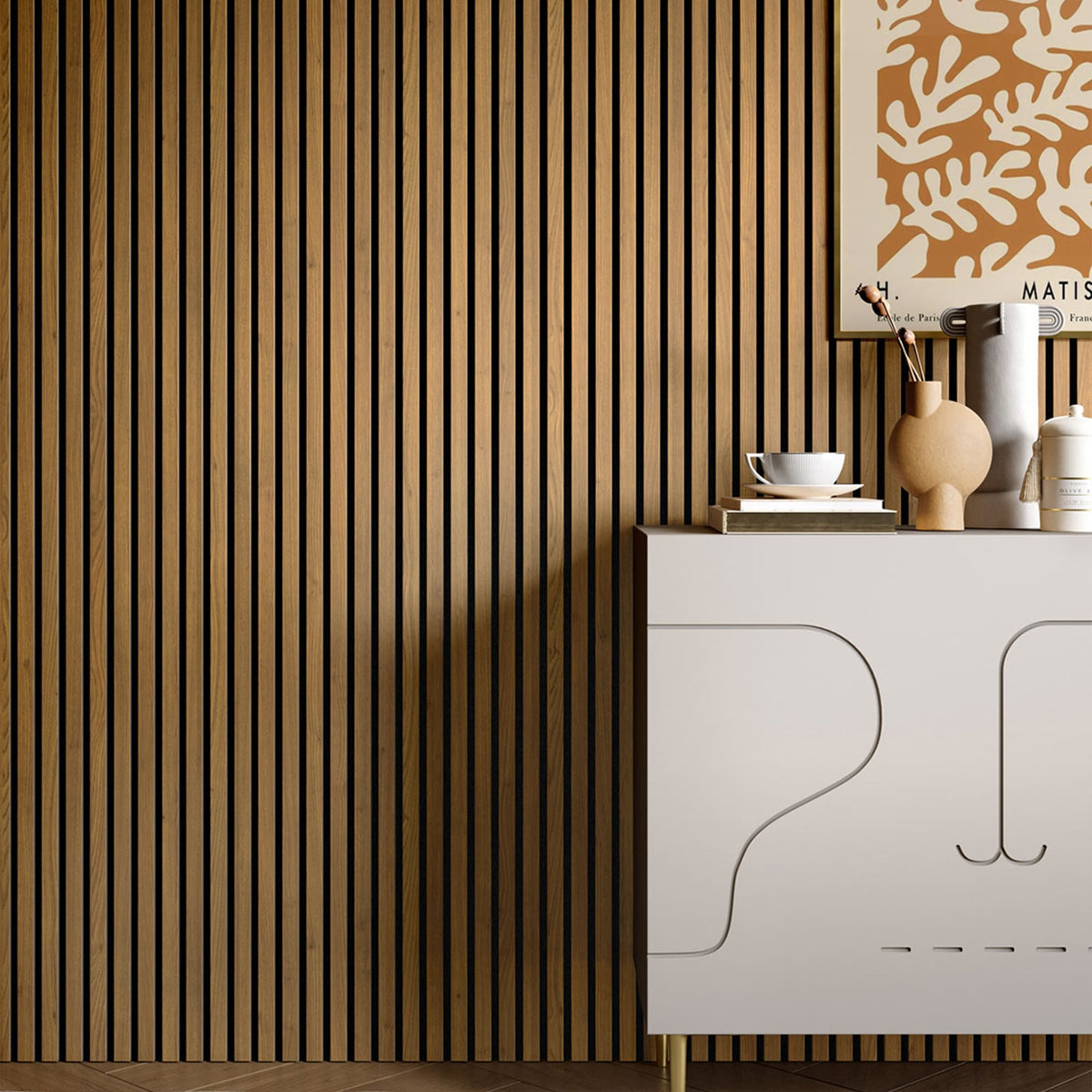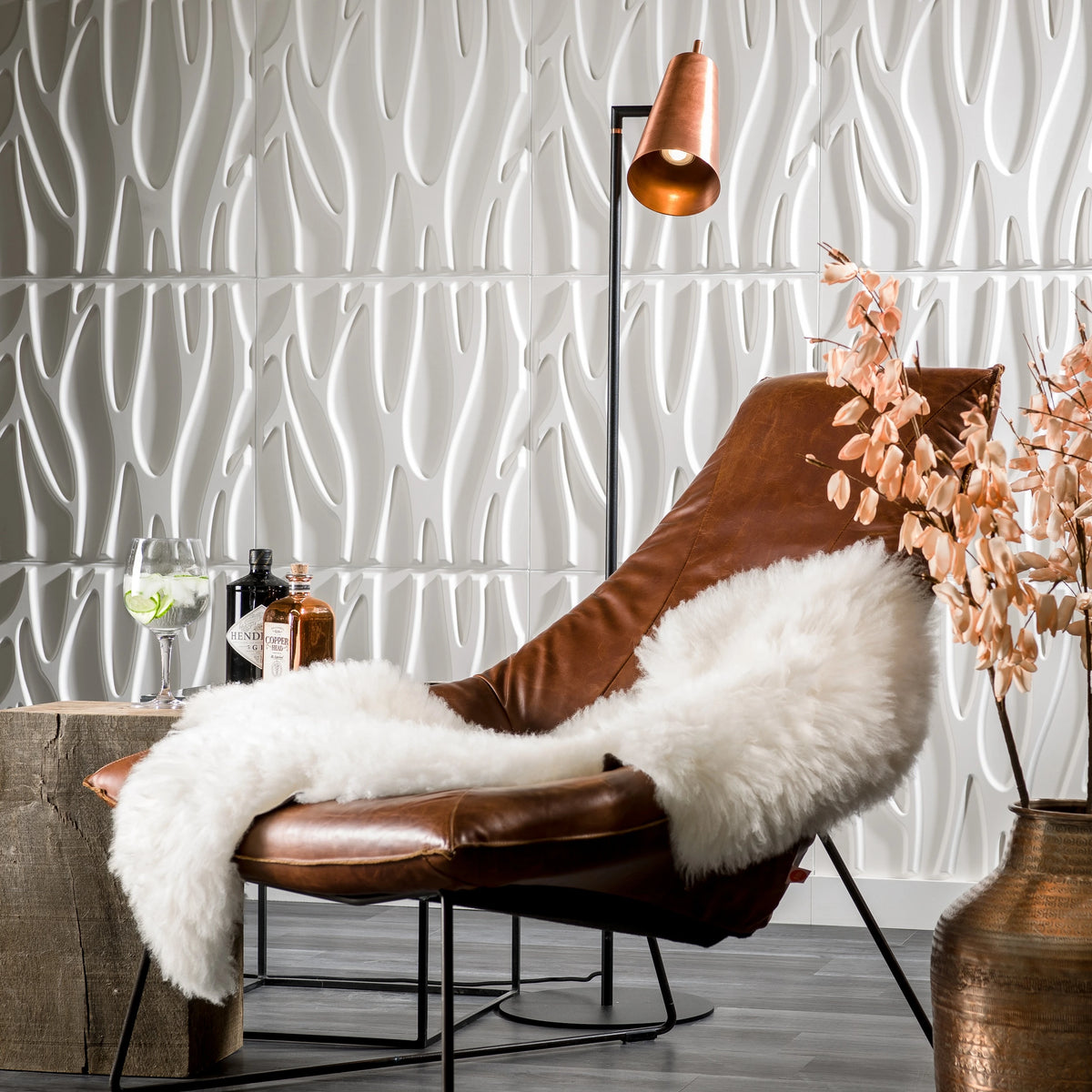In the realm of interior design, blending different styles often births captivating aesthetics. The Japandi interior design, a fusion of Japanese minimalism and Scandinavian simplicity, is a testament to this. This design trend, which marries elegance, functionality, and natural warmth, has gained traction over the years. Let's delve into the principles, key elements, and tips to craft a mesmerizing Japandi-inspired home.
Read More: Fine Dining Vibes with Dining Room Wall Panels: Just for You!
Understanding Japandi Design

Though geographically distant, Scandinavian and Japanese designs share parallel belief systems. Japanese design leans towards simplicity, minimalism, and Zen aesthetics, while Scandinavian design champions clean lines, natural materials, and cozy elements. Japandi seamlessly merges these principles, resulting in a balanced, serene living space. Interestingly, the roots of Japandi trace back to the 19th century when Danish designers, inspired by Japanese craftsmanship, integrated oriental aesthetics into their designs.
Read More: Extravagant with Simple Setup: Bathroom Wall Panels Edition
Key Traits of Japandi Design

- Organic Materials: Japandi interiors predominantly use wood, bamboo, stone, and paper, infusing warmth and nature into spaces.
- Neutral Tones: Earthy hues like whites, grays, browns, and muted pastels dominate the Japandi color palette.
- Purposeful Decor: Handmade ceramics and weathered finishes are common decorative elements.
- Natural Illumination: Emphasis is placed on harnessing natural light.
Read More: Choose Your Pick: Wall Panel vs Drywall
Japandi Styling Tips
- Functional Furniture: Every piece in a Japandi space should serve a purpose beyond aesthetics. Opt for multipurpose furniture like sofa beds or coffee tables with storage.
- Wooden Elements: Woods, especially light or medium-toned ones like oak or birch, are essential. They bring warmth and an organic feel. Mixing different wood tones can also enhance the space's harmony.

- Neutral Palette: Stick to soft earthy tones. However, subtle pops of colors like muted greens or maroons can be introduced sparingly.
- Minimalistic Approach: Focus on clean lines, simplicity, and functionality. Embrace the concept of negative space, allowing each element its moment to shine.
- Wabi-Sabi Accents: Celebrate imperfections and natural aging with handcrafted items and rustic materials.
- Incorporate Greenery: Introduce indoor plants to add a touch of nature and tranquility.
Conclusion
So, Japandi interior design presents a beautiful amalgamation of Japanese and Scandinavian styles. By emphasizing minimalism, natural materials, and a harmonious balance, it's possible to craft a serene and inviting space. As you embark on your Japandi journey, remember to focus on the essentials, celebrate imperfections, and let nature play a pivotal role. Explore the exquisite collection at Art Digest and transform your space today!















